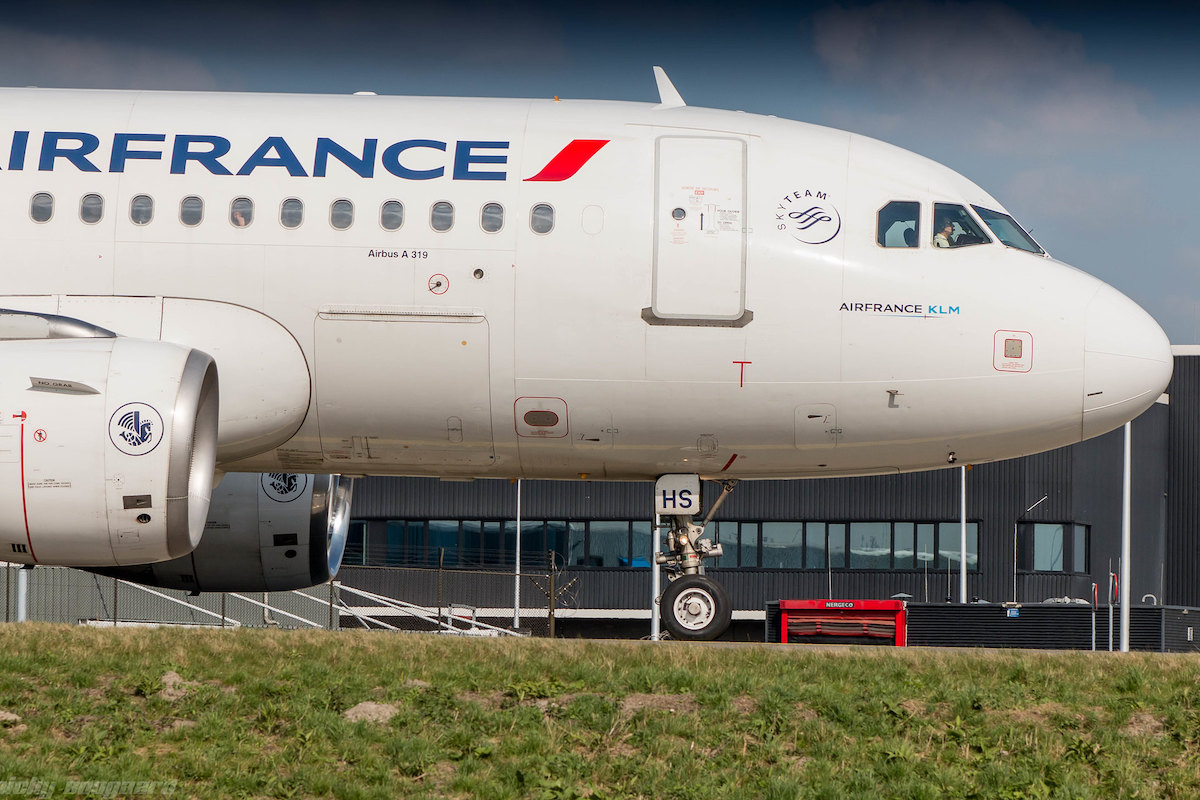Finnair is gearing up for a lengthy closure of Russian airspace to western airline flights, a fact that has forced it to pivot and embrace new commercial strategies for survival.
Those commercial changes include adjusting the Helsinki-based Oneworld alliance carrier’s route map to offer more flights to the Middle East and India rather than East Asia, cutting costs, and shrinking its fleet including by sub-leasing aircraft to other airlines. It is that latter strategy, which includes wet-leasing two Airbus A330s and the crews operating them to Qantas Airways, that shows just how long Finnair’s management expects the Russian airspace closure to persist.
“The wet leases to Qantas are an example of us maintaining the option of Russian airspace at some point of time in next years be that five years or 10 years or something more, opening,” Finnair CEO Topi Manner said during an investor event Friday. “Then we would be having the possibility to call back those aircraft and start flying with those to Asia again.”
What’s key in that statement is not that Finnair is keeping its strategic options open — one would expect no less from a major global airline — but that its leadership believes Russian airspace could stay closed for “five years or 10 years or something more.”
A decade is more than the lifetime of some airlines. And it’s a period long enough to see sizable shifts in share and major players.
As significant as it is to hear Finnair’s CEO say Russian airspace could be closed for a decade, it does not appear to be a fringe view. Air France-KLM in September ordered up to 90 Airbus A350-1000s for its future longhaul fleet in a deal that was reported to be driven in large part by additional range considerations owing to the closure of Russian airspace. Aircraft are typically a quarter-century investment for airlines.
There are few Western airlines untouched by the airspace closure. Executives at American Airlines and United Airlines have said that some of their routes to China and India are no longer economically feasible without overflying Russia, and have suspended them indefinitely. And both France and the U.S. have gotten into diplomatic tiffs with China over Chinese airlines’ ability to take shorter routes over Russia while their own airlines cannot. Those differences are one reason the number of weekly flights between the U.S. and China remains a fraction of what they were in 2019.
AirBaltic CEO Martin Gauss said in February that not flying to Russia and avoiding the country’s airspace was simply “now part of our business.”
But if there was an airline CEO to say Russian airspace could be closed for a decade or more, it would be Finnair’s CEO. The airline is the most affected by the closure owing to the location of its Helsinki hub, roughly just 100 miles from the border of Russia. It built a solid business for itself, at least pre-pandemic, connecting Europe and Asia — particularly secondary Asian cities like Fukuoka, Japan, and Nanjing, China. Those flights, however, required transiting Russian airspace.
Now, with flights to Asia from Helsinki taking as much as four hours longer than they did before the airspace closure, many of the secondary cities Finnair used to serve are no longer economically feasible. Flights to Chongqing, Fukuoka, Guangzhou, Ho Chi Minh City, Nagoya, Nanjing, Sapporo, and Xi’an have yet to resume even as Covid-era travel restrictions have ended. And it’s unclear if they ever will.
Finnair has pivoted and added new flights to Mumbai. It has forged a new partnership with fellow Oneworld member Qatar Airways that includes it linking Qatar’s Doha hub with not only Helsinki but also Copenhagen and Stockholm. And Finnair has expanded to the U.S. with new flights to the hubs of its partners there, Alaska Airlines and American Airlines.
“We are flying more, our planes are fuller, our yields are up, and our costs are down,” Finnair Chief Financial Officer Kristian Pullola said when asked Friday why investors should put more money into the airline.
Finnair is seeking up to €600 million ($631 million) in equity capital through a new rights issue. If approved by shareholders, the airline would issue the new shares to repay debt and “strengthen [its] balance sheet and financial position” before the end of the year. The Finnish state would buy roughly €335 million of the new shares as payment for an equal amount of the €400 million capital loan it provided the airline during Covid.
Along with the new capital, Finnair outlined a target of 6% annual operating margins from 2025; a point higher than its previous goal. The airline posted a 5.3% operating margin in 2019, the last full year before the pandemic.
Finnair turned an 8.8% operating margin in the second quarter, the latest financial data available.
The airline also plans to grow capacity by 15% from 2023 through 2025. That would, however, still leave it smaller than it was before the pandemic; Finnair is scheduled to fly roughly 24% less capacity this year than it did in 2019, according to Cirium Diio schedules.
That growth, Manner said, is focused on volume — in other words, more seats and people on its aircraft — rather than fleet growth.
“Going forward, Finnair will be targeting profitable cash-generative growth,” he said.





